
The Liulihe Ruins is the largest known Western Zhou site on the southern foot of the Yanshan Mountains in Beijing. It is also the Western Zhou vassal state site with the longest excavation time, the largest scale, and the richest content in China to date. It was the capital and original fiefdom of the Yan State in the Western Zhou Dynasty, pushing the history of the founding of Beijing back to more than 3,000 years ago and is known as the "source of Beijing."
On August 28, 2025, the "Taibao Yongyan: A Special Exhibition on the Liulihe Site in Fangshan" opened to the public at the Capital Museum. Divided into four sections: "Mandate of the Northern Frontier," "The Founding of the Yan Capital," "Ding Tian Li Di," and "Eternal Heritage," the exhibition, through the trinity of historical and archaeological evidence—text, capital, and artifacts—unveils the 3,000-year-old history of the Liulihe site and bears witness to the original appearance of Beijing.

Aerial view of the Liulihe Ruins (file photo). Photo courtesy of Beijing Institute of Archaeology (Xinhua News Agency)

Western Zhou bronze artifacts unearthed from the Liulihe site on display at the Capital Museum
The excavation of the Liulihe site played a key role in understanding the issue of enfeoffment of Yan in the early Zhou Dynasty. It not only pointed out the specific location of the Northern Yan fiefdom as recorded in "Records of the Grand Historian: The Family of Zhaogong of Yan" that "King Wu of Zhou destroyed King Zhou and enfeoffed Zhaogong in Northern Yan", but also showed the original appearance of the "Beijing City".
According to the Capital Museum, this exhibition represents the most comprehensive collection of archaeological findings from various periods, the largest number of exhibited cultural relics, and the highest level of standards in the 80 years since the discovery of the Liulihe site. The Liulihe site is the largest known Western Zhou dynasty site located in the southern foothills of the Yanshan Mountains. Over 60 years of continuous archaeological work have uncovered significant remains, including multiple city walls, large buildings, intact burial areas, founding inscriptions, and oracle bone inscriptions. Numerous exquisite bronze, lacquerware, jade, stoneware, primitive porcelain, and pottery artifacts have also been unearthed.
Exhibition highlights: museum treasures and historical evidence
As the first systematic exhibition project among the ten new discoveries, "Taibao Yongyan - Fangshan Liulihe Site Special Exhibition" carefully selected 180 pieces (sets) of precious cultural relics, of which 113 pieces (sets) were exhibited for the first time. Such a high proportion is particularly significant in the Capital Museum's recent exhibitions.
The Capital Museum's treasured treasures—the Jin Ding (a type of cauldron) and the Boju Li (a type of cauldron) with an ox-head pattern and lid—made a grand appearance. The Jin Ding is the largest and heaviest bronze ritual vessel unearthed in Beijing, representing the pinnacle of bronze culture in the region. The Boju Li (a type of cauldron) is hailed as one of "China's most beautiful bronze artifacts" for its unique shape and craftsmanship. Seven ox-head ornaments adorn the vessel, a mere 33 centimeters tall.
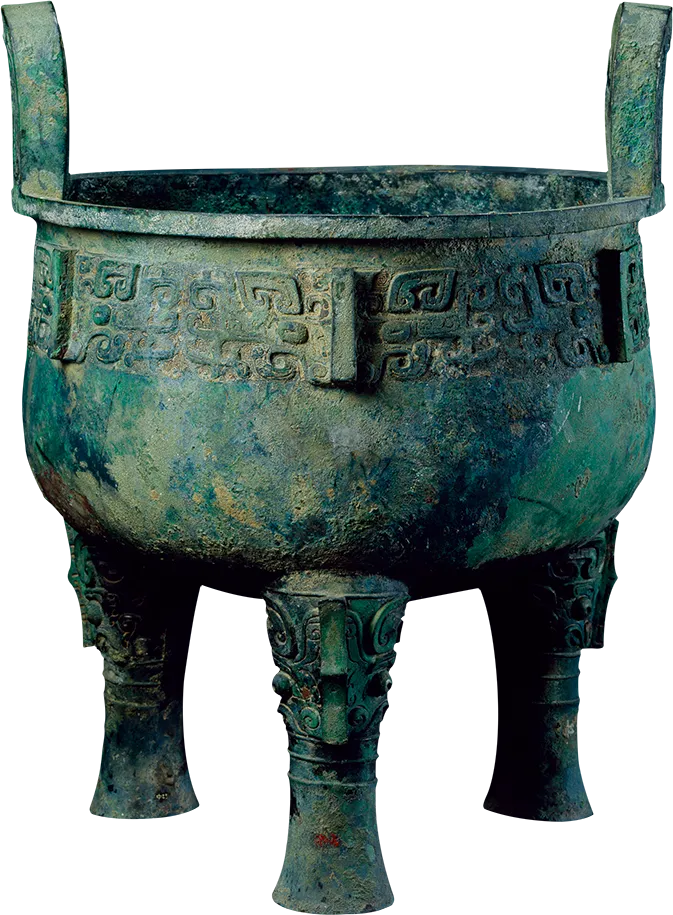
Jin Ding, Collection of the Western Zhou Capital Museum
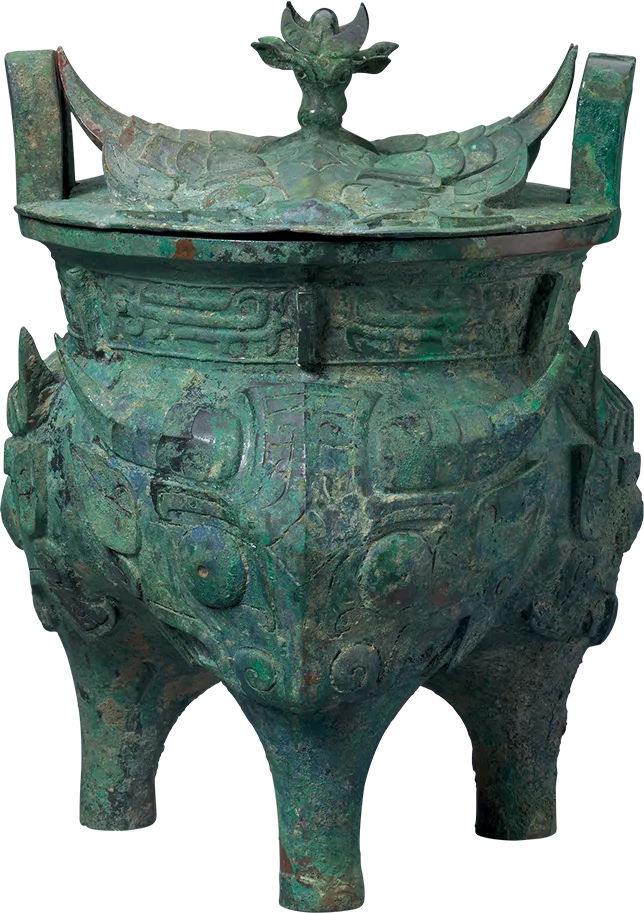
Ox-head patterned lidded Boju cauldron, from the collection of the Western Zhou Capital Museum
Three pieces of Zuocehuan vessels (ding, you and zhi) with the inscription "Taibao Yongyan" are exhibited together for the first time. The five inscriptions are like bronze history books, providing indisputable textual evidence to prove the earliest history of Beijing's founding.
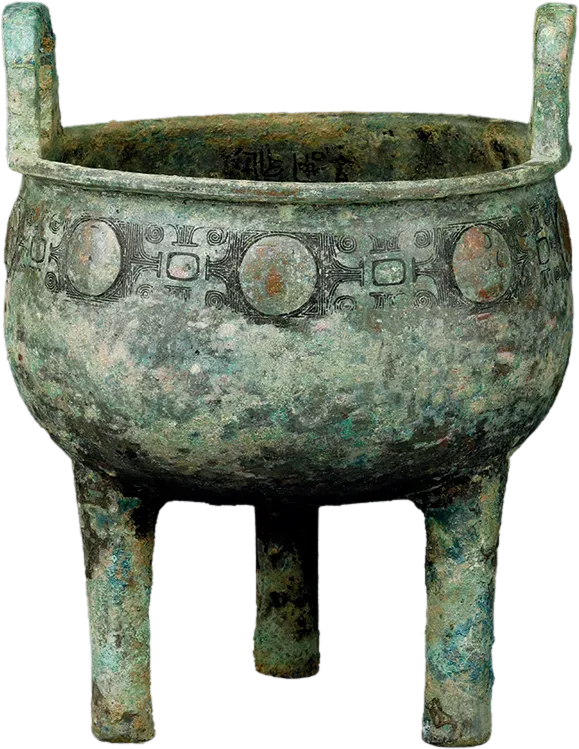
Zuoce Huan Ding, Western Zhou Dynasty, collected by Beijing Municipal Institute of Archaeology
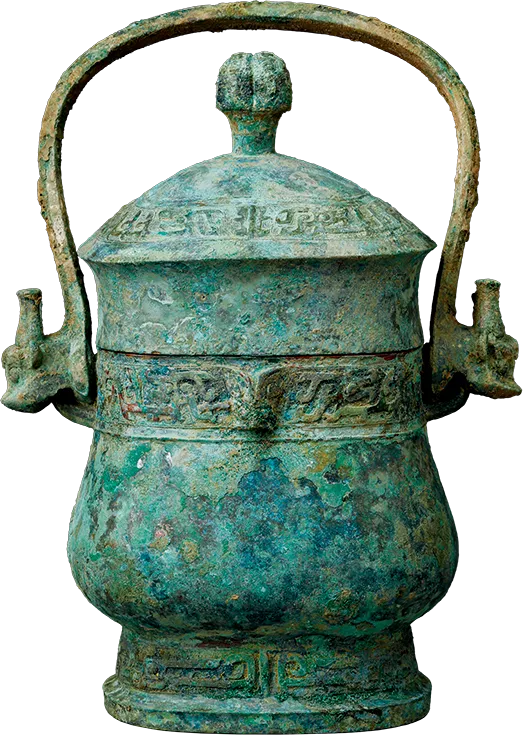
Zuoce Huan You, Western Zhou Dynasty, collected by Beijing Institute of Archaeology
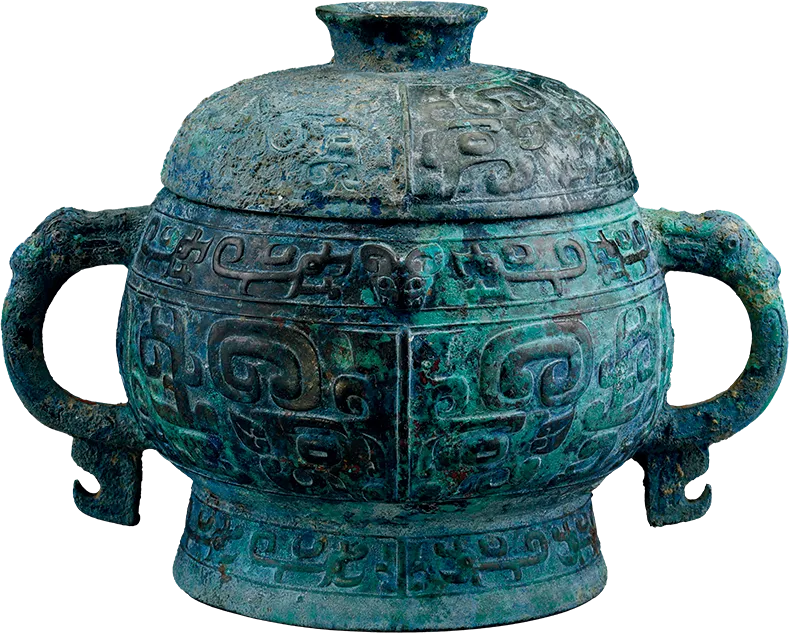
Bo Yu Gui, Western Zhou Dynasty, collected by Beijing Institute of Archaeology
The Ke Li and Ke Lei, which record the historical facts of the Western Zhou Dynasty's enfeoffment of Yan and are known as the "Beijing City Identity Card", were unearthed in 1986. They are engraved with the same 43 characters, and the most important five characters are "令克侯于挽", which proves that the King of Zhou once ordered the Yan Hou Ke to go to Yan to be a vassal.
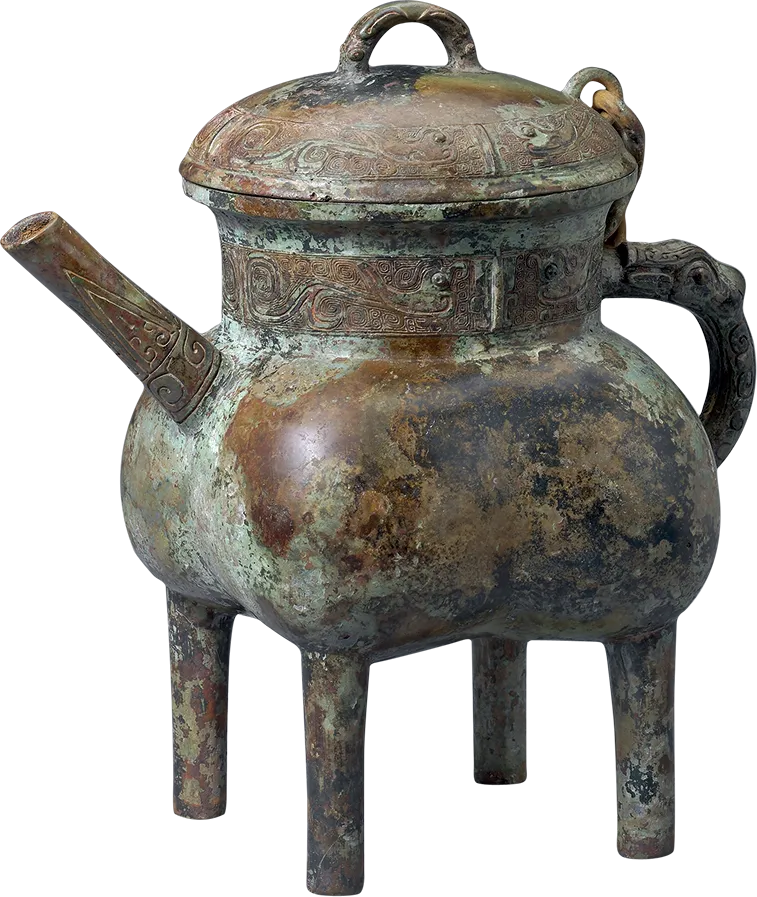
Ke Li, from the collection of the Western Zhou Capital Museum

Ke Lei, from the collection of the Western Zhou Capital Museum
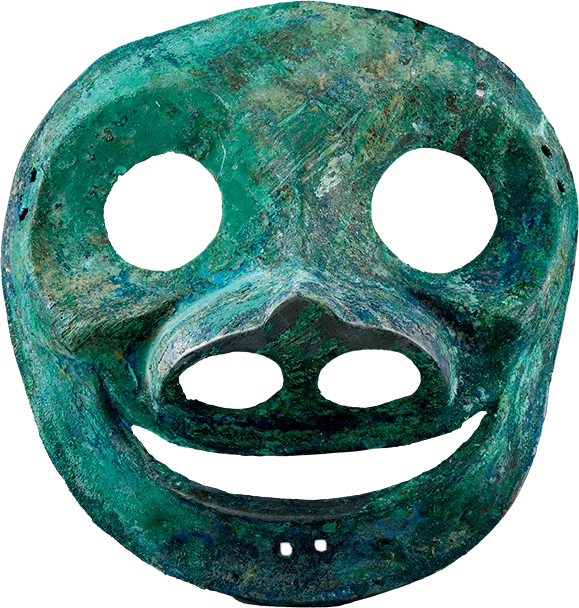
Human face bronze ornament, Western Zhou Dynasty, collected by Beijing Institute of Archaeology
Liulihe Ruins, the Origin of Beijing City
The Liulihe site is located on the north bank of the Dashi River in Liulihe Town, Fangshan District, Beijing, covering an area of approximately 5.25 square kilometers. In Beijing's archaeological history, the Liulihe site is second only to the Zhoukoudian site in terms of the number of excavations and the length of time it has been spent.
The discovery of the site began in August 1945, when Wu Liangcai, a Bank of China employee, was passing through Dongjialin Village when he noticed pottery shards scattered across the ground. He showed them to archaeologist Su Bingqi, who immediately identified them as artifacts from the Shang and Zhou dynasties. Su Bingqi later remarked, "Without Mr. Wu's discovery, the subsequent excavation of the Liulihe site would have been impossible."
In 1962, Peking University Professor Zou Heng led his students, working with the Beijing Municipal Cultural Relics Team, to conduct a small-scale trial excavation at Liulihe, where they discovered ash pits and a large number of pottery fragments from the Western Zhou Dynasty. Since then, archaeological research has conducted five large-scale excavations at the Liulihe site.
In the spring of 1973, the joint archaeological team discovered 69 tombs and chariot pits, including a large tomb of the Marquis of Yan, and unearthed precious cultural relics such as the Jin Ding and Bo Ju Li, basically confirming that the Liulihe site was the original fiefdom of the State of Yan.
In 2019, the Beijing Institute of Archaeology, in collaboration with several research institutes, resumed archaeological work at the Liulihe site. Multidisciplinary collaboration played a significant role in this effort, with significant progress achieved in animal archaeology, plant archaeology, and organic residue analysis.
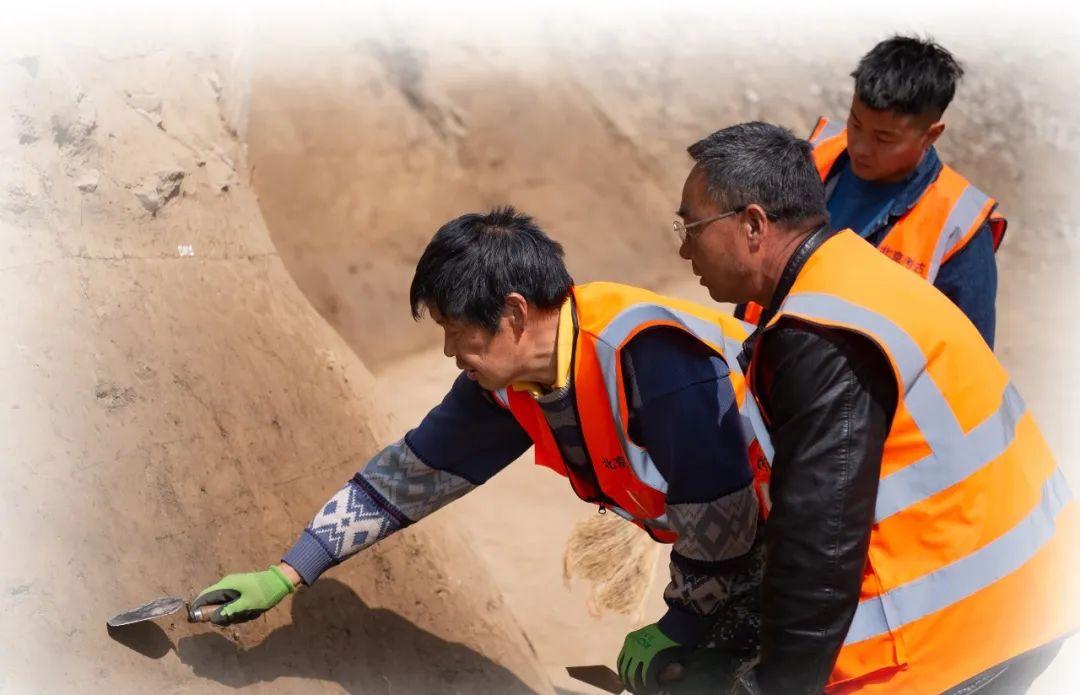
Archaeologists are cleaning the cross-section of the rammed earth building foundation at the Liulihe site. (Photo by Xinhua News Agency reporter Chen Zhonghao)
Sixty years of archaeological research have restored Beijing's earliest city
The archaeological work at the Liulihe site spanned over 60 years of arduous endeavors. Generations of archaeologists persevered in excavations under these challenging conditions, living in drafty temples, sleeping on large bunk beds and using kerosene lamps for lighting.
On November 29, 1986, archaeological team discovered two severely rusted bronze artifacts (Ke Lei and Ke He) in the mud and water in the southeast of Tomb No. 1193. After rust removal, the inscriptions inside the artifacts were revealed, confirming the status of Liulihe site as the first capital of the Yan State in the Western Zhou Dynasty.
In 1995, the Xia, Shang and Zhou Dynasty Chronology Project was launched. Based on astronomical calculations, documents, carbon-14 dating and other methods, it was inferred that the Yan State was first established around 1045 BC, confirming that Beijing has a history of more than 3,000 years.
After archaeological work resumed in 2019, a major breakthrough was achieved. Archaeologists discovered the outer moat and outer city wall, confirming the existence of the outer city at the Liulihe site.27 The scale of the city site has expanded from less than 600,000 square meters to approximately one million square meters.
Carbon-14 dating indicates that the outer moat was in use in the early Western Zhou Dynasty and abandoned before the middle of the latter half. This is the first discovery of a double city wall at a Western Zhou feudal state site, and its structure and orientation are similar to those at the Zhouyuan site, a dynastic center of the early Western Zhou Dynasty.
Eight sacrificial cattle pits were discovered within the deposits of the outer moat. Zooarchaeological identification revealed that most of the cattle were between two and a half and three and a half years old, presumably used for sacrificial purposes.
Archaeological botanical research indicates that the Yan people primarily ate millet and sorghum, suggesting that the Liulihe area during the Western Zhou Dynasty was a typical example of northern dryland agriculture. In 2025, the Liulihe site was selected as one of the "Top Ten Archaeological Discoveries in China in 2024."
In the final hall of the exhibition, the three winning design proposals for the core area of the Liulihe Archaeological Site Park were unveiled for public feedback. Each visitor can become a "penman" of the site's construction blueprint, carrying the torch of the city builders 3,000 years ago and contributing to the story of the Liulihe site.

Exhibition site
The exhibition also simultaneously created a cultural and creative boutique exhibition and sales area, selecting intangible cultural heritage crafts and creative designs that carry the local civilization of Fangshan District, allowing the audience to bring condensed historical and cultural heritage back home, and fully extending the historical value and contemporary vitality of archaeological discoveries.
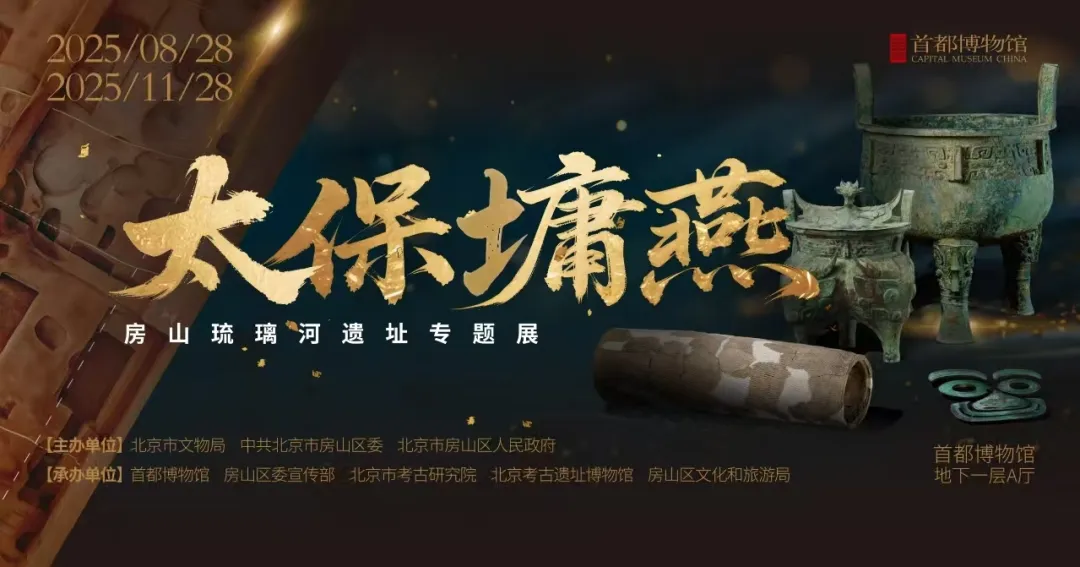
Exhibition poster
The exhibition will run until November 28th.
(Part of the information in this article is provided by the Capital Museum)


